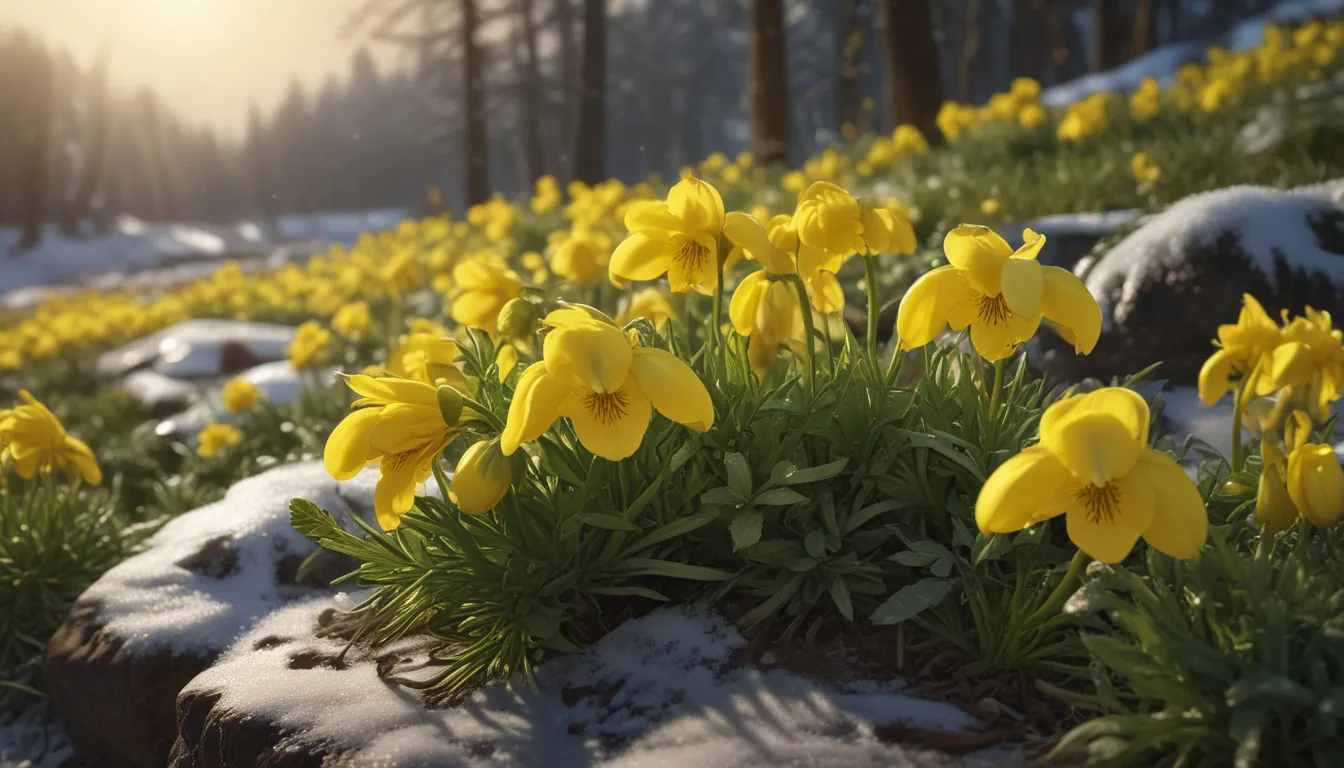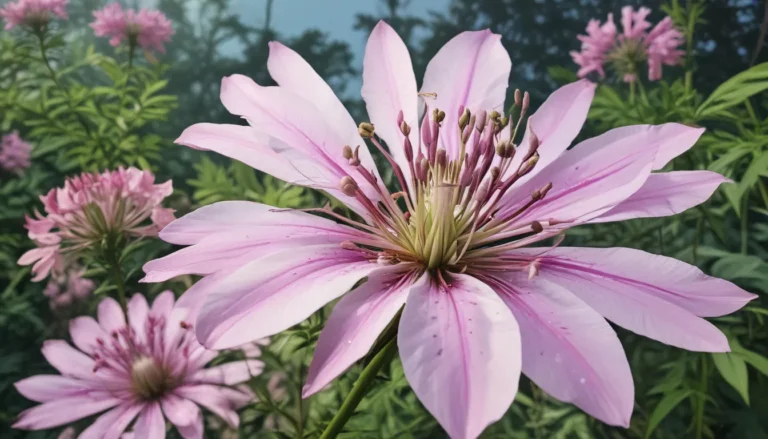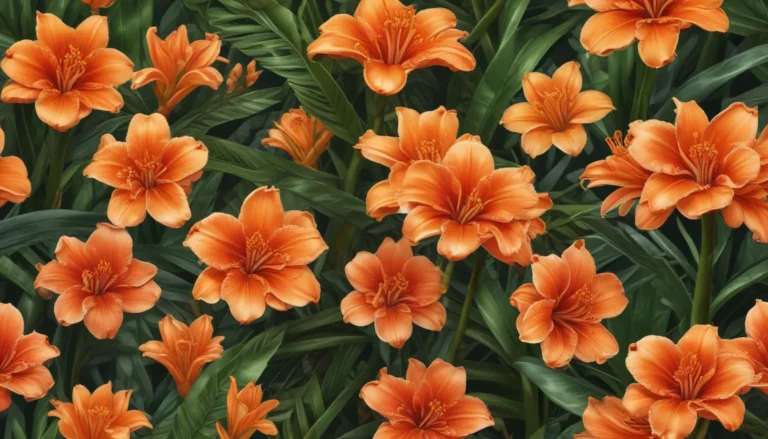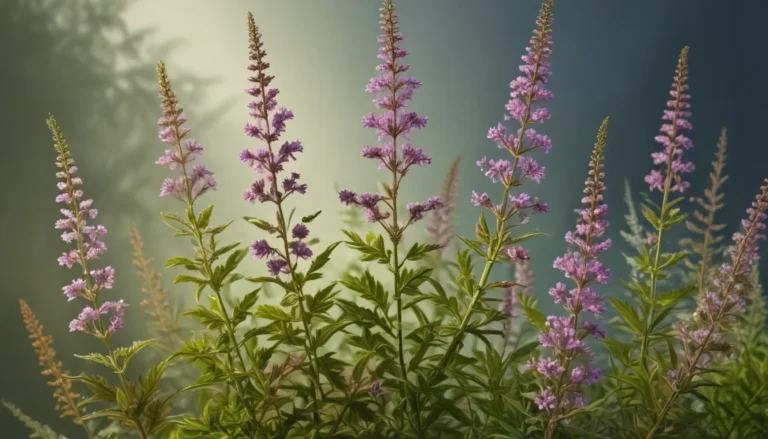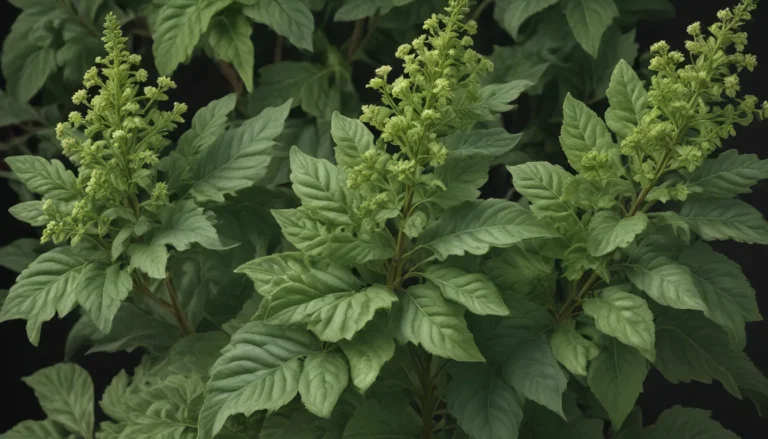The pictures we use in our articles might not show exactly what the words say. We choose these pictures to make you interested in reading more. The pictures work together with the words but don’t take their place. The words still tell you the important facts.
Welcome to the enchanting world of winter aconite, a small yet extraordinary flowering plant that never fails to captivate the hearts of seasoned gardeners and nature enthusiasts. Known by its scientific name Eranthis hyemalis, winter aconite belongs to the buttercup family and holds a special place in the realm of early spring bloomers. Join us as we unravel 17 astonishing facts about this delightful plant, from its resilience in cold temperatures to its historical significance.
Delving Into the World of Winter Aconite
Winter aconite, also referred to as Eranthis, is a cheerful and early blooming flower that symbolizes hope and attracts pollinators. Its vibrant yellow blooms bring a touch of warmth to the landscape, signaling the arrival of spring. This low-growing, deer-resistant plant is a popular choice for rock gardens, adding a pop of color and beauty to any outdoor space.
Early Bloomer Extraordinaire
Winter aconite is among the first flowers to bloom in late winter or early spring, emerging when most other plants are still dormant. Its bright yellow flowers serve as a beacon of hope and anticipation, chasing away the winter blues and welcoming the promise of warmer days ahead.
Native Elegance of Winter Aconite
Native to Europe, particularly regions like the Balkans, Greece, and Italy, winter aconite thrives in woodland areas with rich, moist soils. Its petal-less flowers, adorned with bright yellow sepals, create a distinctive and charming appearance that is sure to capture attention.
A Haven for Pollinators
Despite lacking traditional petals, winter aconite's bright color and sweet nectar still attract important pollinators like bees and butterflies. These creatures play a vital role in the plant's reproductive cycle, ensuring the continuation of its beauty and presence in the ecosystem.
Gardening Delight: Planting and Care Tips
Winter aconite is a low-maintenance plant that thrives in shady areas, making it an ideal choice for various garden settings. Plant bulbs in the fall, provide well-drained soil and partial shade, and enjoy the resilience of these frost-resistant blooms. Remember to keep the soil moist during the growing season and remove dead foliage to encourage healthy growth and continued flowering.
Noteworthy Traits and Characteristics
- Medicinal Uses: While winter aconite has been utilized in traditional medicine for its healing properties, caution is advised due to its toxic compounds.
- Naturalizing Ability: Given the right conditions, winter aconite can naturalize and spread in the garden, creating a picturesque display of yellow blooms.
- Hardy Perennial: Enduring cold temperatures and frost, winter aconite is a reliable and resilient addition to any garden, delighting with its long-lived flowers.
- Deer-Resistant: The plant's resistance to deer makes it a hassle-free option for gardeners looking to avoid wildlife damage.
- Popular in Rock Gardens: Its small size and preference for well-drained soil make winter aconite a sought-after addition to rock gardens, offering a burst of springtime charm amidst the stones.
Witnessing the Beauty of Winter Aconite
The arrival of winter aconite is a sure sign that spring is just around the corner, promising a season of growth, renewal, and blooming beauty. From its vibrant yellow blooms to its ability to thrive in cold temperatures, this remarkable plant never ceases to astound and inspire. Whether you're an avid gardener or simply appreciate the wonders of nature, winter aconite is a must-have for your garden or landscape.
Exploring Winter Aconite: FAQs
- Blooming Period: Winter aconite typically blooms from late winter to early spring, brightening up the landscape in February or March.
- Planting: Bulbs should be planted in the fall, offering well-drained soil and partial shade for optimal growth.
- Frost Resistance: These plants are resilient to frost, continuing to bloom even in freezing temperatures.
- Care Tips: Maintain moisture in the soil during the growing season, removing dead foliage post-blooming for healthy growth.
- Container Gardening: Yes, winter aconite can be grown in containers with proper drainage and sunlight.
- Toxicity: All parts of the plant are toxic if ingested, necessitating caution around children and pets.
- Dividing Bulbs: Bulbs can be divided during the dormant period to propagate and expand plant clusters.
- Pests and Diseases: While generally resistant, occasional pests like slugs or snails can be managed with organic repellents.
Winter aconite's allure and resilience make it a beloved choice among gardeners, sparking curiosity about other enchanting spring bloomers like Virginia Bluebells. With the help of quality bulb planters, planting bulbs becomes a breeze, contributing to a thriving garden filled with captivating flowers. Explore the world of flora further and uncover intriguing facts that will leave you in awe of nature's wonders.
Trustworthy Content, Engaging Discoveries
At the heart of our efforts lies a commitment to providing trustworthy, engaging content that enriches your knowledge and appreciation of the world around you. Each fact shared on our platform is contributed by real users, ensuring a diverse range of insights and information. Rest assured that our dedicated editors meticulously review every submission to maintain the highest standards of accuracy and reliability. Delve into the realm of beauty and authenticity as you explore and learn with us.
Let the magic of winter aconite and other captivating plants inspire your gardening journey, opening doors to a world of natural wonders waiting to be explored.
